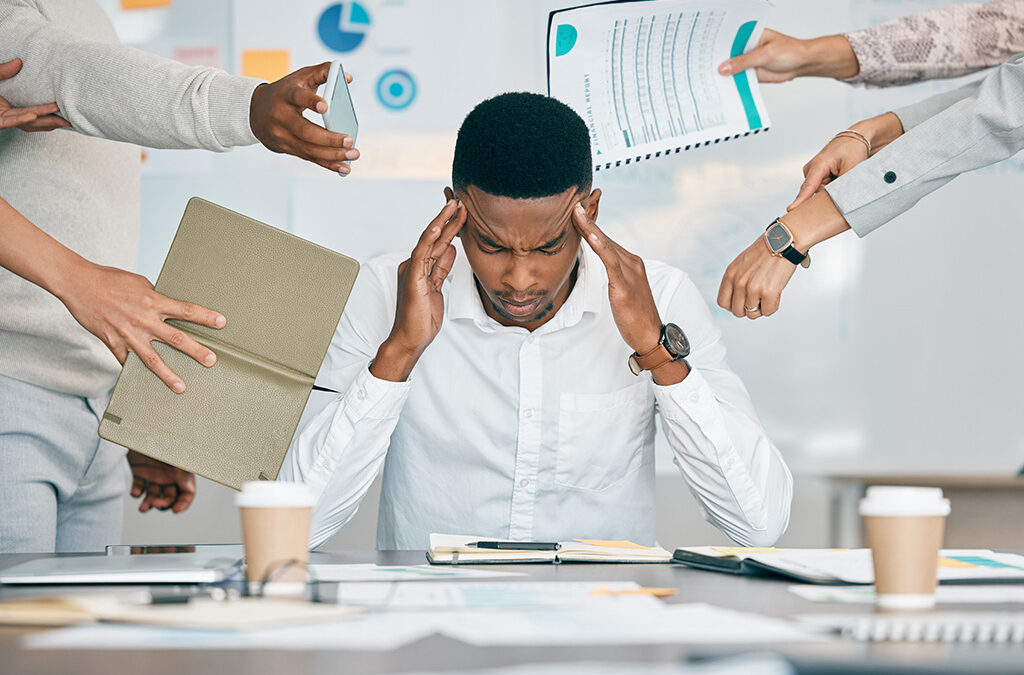Migraines can be frustrating, unpredictable, and downright painful. For many people, the challenge isn’t just dealing with the headaches themselves but trying to figure out what causes them in the first place. While triggers vary from person to person, certain environmental and internal factors are known to set off migraines in many sufferers. Let’s break these down to help you better understand and manage your migraines.
1. Stress
One of the most common internal triggers for migraines is stress. When we’re stressed, our bodies release chemicals that can lead to changes in the brain, including the dilation of blood vessels. This can trigger the throbbing pain of a migraine. Stress might come from work, personal life, or even positive events like planning a wedding or vacation. Managing stress through relaxation techniques, regular exercise, and proper sleep can help reduce migraine frequency.
2. Hormonal Changes
For many women, hormonal fluctuations can be a major migraine trigger. Changes in estrogen levels, particularly before or during menstruation, pregnancy, or menopause, can lead to migraines. Some women may also experience migraines as a result of taking birth control pills or hormone replacement therapy. If you notice a link between your migraine and your menstrual cycle, you may want to discuss this with a doctor to explore potential solutions.
3. Sleep Issues
Sleep and migraines are closely connected. Too little sleep, too much sleep, or irregular sleep patterns can all trigger migraines. If you suffer from migraines, it’s important to maintain a consistent sleep schedule. Going to bed and waking up at the same time every day can help regulate your body’s internal clock and reduce the likelihood of an attack.
4. Weather Changes
Changes in the weather, are known to trigger migraines in some people. While you can’t control the weather, being aware of potential migraine triggers, like storms or drastic temperature changes, can help you prepare. Staying hydrated, limiting exposure to bright sunlight, and avoiding physical exertion during hot or humid weather can sometimes minimize the risk of a migraine attack.
5. Bright Lights and Loud Sounds
Bright or flickering lights, loud noises, and even strong smells can be overwhelming to the brain and trigger migraines. This is often referred to as sensory overload. For some people, spending too much time in front of screens, driving at night with glaring headlights, or being in a noisy environment can lead to a migraine. If you are sensitive to these stimuli, consider wearing sunglasses outside, using noise-canceling headphones, or limiting screen time to reduce your risk.
6. Dehydration
Not drinking enough water can be a sneaky trigger for migraines. When your body becomes dehydrated, it can cause changes in blood flow to the brain, leading to a headache. To avoid this, make sure to drink plenty of water throughout the day, especially if you’re in a hot environment or exercising.
Take Control of Your Triggers
Understanding your migraine triggers, whether they’re internal factors like stress and sleep, or external ones like bright lights or weather, can help you manage the condition more effectively. Keep a diary of when your migraines occur and note any potential triggers to spot patterns. While migraines may be unpredictable, identifying and avoiding your triggers can help reduce their frequency and severity.

